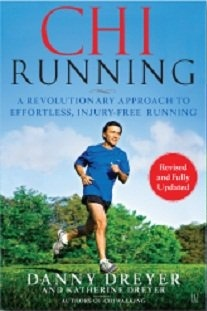Katie, a friend of mine and professor, asks students in her literature course to read a good bit of Beowulf and discuss it for a couple weeks. Then she shows the film from 2007 in class. "They love knowing what's in the real story and being able to spot the liberties taken by the filmmakers."
This is one of several stories Katie told me emphasizing the power of helping students feel smart. Sometimes she's myth-busting by, say, showing students that Adam and Eve didn't bite an apple in Genesis, but in Dante's Divine Comedy. Other times she's demonstrating the cultural impact of Shakespeare through commonplace phrases and words we use today such as "bated breath" or to "break the ice" which were coined by the bard.
As Katie shares these stories, her eyes twinkle. Yes, she delights in being their guide into this new world, but more than that she loves the delight they experience as they see themselves learning. Katie's students have a sense that they are, in fact, getting smarter about literature, history, language, people, and the world. Katie clearly loves those moments and has been hunting them for as long as she's been teaching; seeking those triggers which make the lights come on and their faces say, "I never knew that! And I'm never going to forget it."
Each of these stories hinges on something any literature professor would recognize as a basic insight, often into something trivial. But it's exactly the right kind of trivia to connect with her students. These insights build trust. They increase attention. They give students a sense that their professor knows a thing or two. This makes a subtle but significant shift from 'a required course filled with useless information I'm supposed to remember for the final,' to 'a guided tour, led by an expert, unpacking the interesting stories behind how we came to be the way we are today.' Just shifting the instructor's identity from "the enemy" to "the guide" is huge.
As a course designer, I too am often thinking of students as "those who don't know." And the course I'm creating is "what they need; whether they know it or not." While we use story, context, imagery and other tactics to pull students in, I have to admit I've not spent enough time on the simple but powerful tactic of asking, "What am I offering that students will immediately recognize as making them smarter about their world?"
Thanks Katie. You've helped another student learn today.



